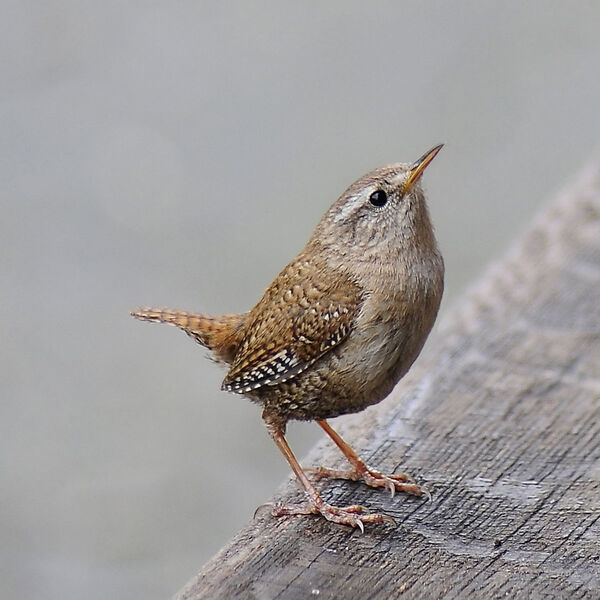

As long as they’re not inside my house, (and if they were, I would take them outside) I’d say it’s fine. They deserve somewhere nice to live (as long as it isn’t. inside my house)
ello! (they/them)


As long as they’re not inside my house, (and if they were, I would take them outside) I’d say it’s fine. They deserve somewhere nice to live (as long as it isn’t. inside my house)


seeing these always reminds me of the train scene in Spirited Away
the wet bulb temperature1 is just the temperature of a wet thermometer, and varies with humidity and temperature. Wet bulb temp is never higher than the dry bulb temp, so (entertainingly) you’re proposing that the meaning of 100° varies wildly and is always lower than the true temperature, effectively making the air temperature always ≥100°, and increases when the air is drier, like some sort of inverse relative humidity.
1(I’m aware you probably didn’t mean wet bulb temperature here, but let’s have fun with the idea) :)


The Māori monarchy dates back to the 19th Century, when different Māori tribes decided to create a unifying figure similar to that of a European monarch in order to try to prevent the widespread loss of land to New Zealand’s British colonisers and to preserve Māori culture. The role is largely ceremonial.
I would genuinely buy a bra that needed charging if it did something useful (like phase cooling / some sort of refrigeration). Not from Temu though


Where are people getting the beavers to do the unauthorised beaver releases?
Do they use rehabilitated ones? Or are the ones who were both in captivity (big fenced areas) being “accidentally” let out of the fence?
Do beaver-keepers secretly meet up in the night and exchange unregistered beaver babies to prevent inbred populations?
AuDHD and completely caffeine free (and stimulant/meds/drugs free too). Caffeine definitely doesn’t work for me like it does for other people - makes me sleepy and headachey. I’d rather just work with what I’ve got, (noise cancelling headphones + being inflexible) even if it has limitations


The weather risk management of festivals in the UK is often very unsafe and met with attitudes of “the show must go on!” and “just deal with it!” without any proper planning or attention to forecasts.
Most of Renee Rapp’s team’s equipment was completely drenched in water and presumably ruined. Whilst it’s fine for the festivalgoers to make their own decisions, when it’s thousands of pounds worth of electrical equipment - the event organisers really should know better.


She had to let it rest for another 20 hours after getting off the plane anyway. Even if it was really necessary, she could have made the dough at the airport (past security) and kept it fully sealed whilst on the plane.


the only Oasis song I know is the one people play to be deliberately annoying. I’d much rather be rickrolled
Where I live, in December, it’s already night by 4pm, whereas in July, 4pm isn’t even the peak of heat yet. But if someone said “good evening” to me at 4pm in either of them, I’d prob accept it either way, and I’m a meteorologist
Also: In the UK and the US, the typical meteorological standard is just to split seasons by month (DJF MAM JJA SON) for easy stats reasons, but other countries have entirely different standards based on climate. Different people have different definitions and it’s completely fine


Oh no sorry, that 35 years was if you’re planting 10 trees for every 1 you cut down (have a look at the calculator!)


I had to google this (because I’m not from the US) and I’d be super surprised if their tagline became “cooler than trousers but still covers your arse”
sorry, my mistake, I totally meant to say I value “community” not “communism” ;)
(also, I’m not North American!)


even if this is true, there are other, much cooler types of clothing than trousers that still cover your arse
when talking to my parents, if I say “community” instead of “communism,” or “nobody deserves to starve” instead of “free food”, and “help vulnerable people” instead of “benefits” and “everyone deserves to feel safe from harm” instead of XYZ - everyone wholeheartedly agrees!
But if I let them go off on a tangent without guiding them, then they’re “anti woke” even though they don’t know what woke means


The ecosystem of a mature tree is vastly different to that of a sapling.
Bristol Trees have a very cool calculator that illustrates the impact of replacing mature trees with saplings on CO2 - it takes about 35 years to get back to the same amount of CO2 loss. CO2 isn’t the only thing that matters to the environment either, but you’d hope councils were aware of that too


I can imagine they had so much fun with this one


it’s about a drug sniffer dog who bites off the balls of a mafia boss, runs away from witness protection, and gets adopted by a mailman.
It’s definitely a stupid antics movie: at one point, a woman gets farted on by a zebra whilst holding a lit match
If you deny women access to abortion related healthcare, they die. Abortion bans ruin lives, and if you really have to protest abortions (which you shouldn’t), direct your attention towards politicians, instead of harassing women who need healthcare and are already having a horrible time.